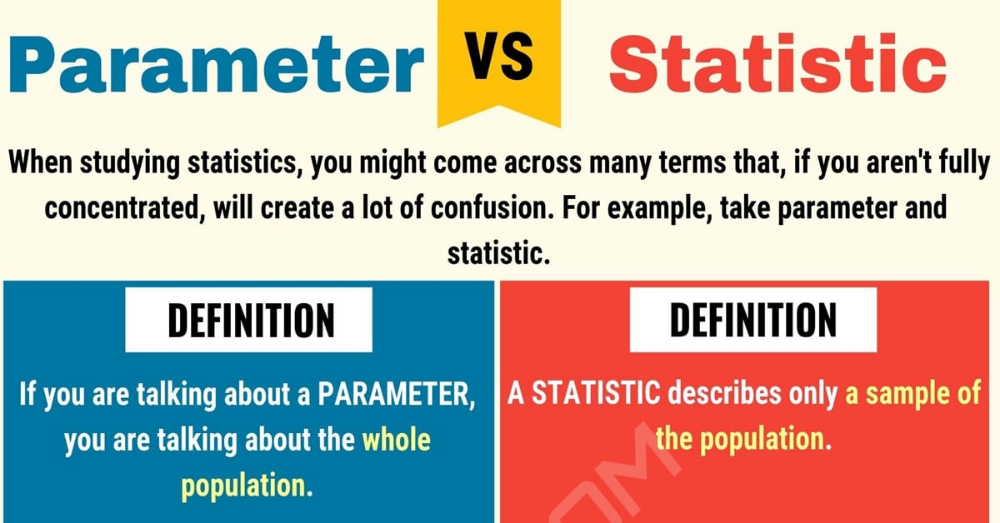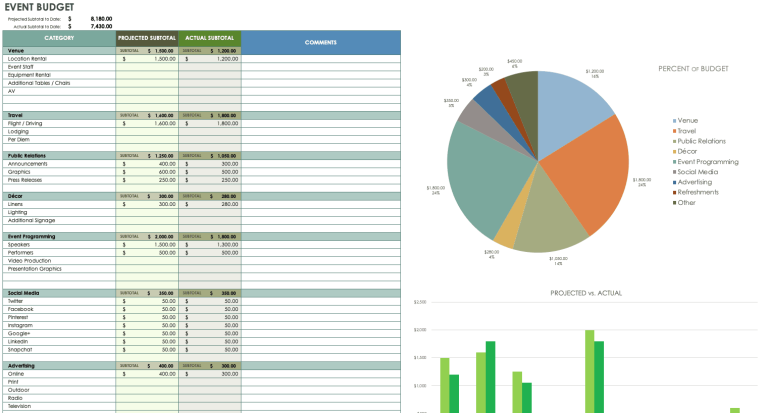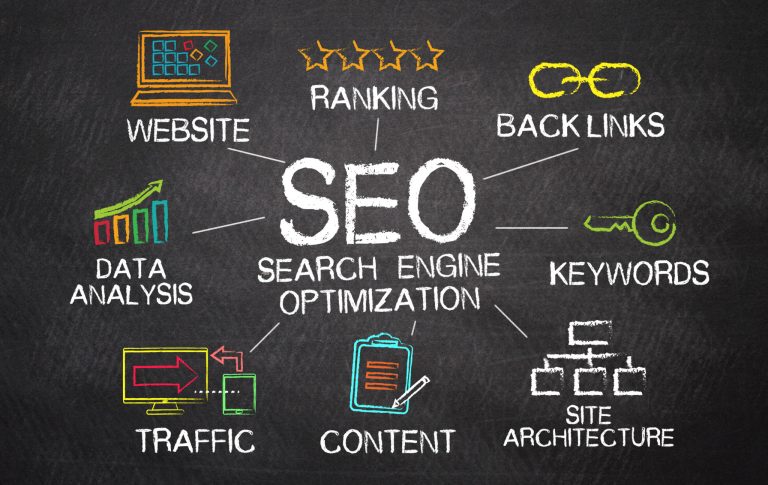
Introduction
In the fast-paced world of search engine optimization (SEO), staying ahead of the curve is essential. One of the most critical aspects of maintaining a strong online presence is monitoring changes in your website’s rankings and indexing status. Automated SEO alerts offer a powerful solution to this challenge, providing real-time notifications when your site experiences fluctuations in search visibility or indexing status.
This article will guide you through the process of setting up automated SEO alerts for ranking and indexing changes. Whether you’re a seasoned SEO professional or just starting out, understanding how to implement these alerts can significantly enhance your ability to respond quickly to shifts in your search performance. By leveraging the right tools and strategies, you’ll gain valuable insights into your site’s health and make informed decisions to improve your online visibility.
By the end of this guide, you’ll have a clear understanding of what automated SEO alerts are, why they matter, and how to set them up effectively. You’ll also learn about the benefits of using these alerts, including improved responsiveness to changes, better data-driven decision-making, and enhanced overall SEO performance.
What Is Automated SEO Alerts and Why It Matters
Automated SEO alerts are systems that notify you when there are changes in your website’s search engine rankings or indexing status. These alerts can be triggered by various factors, such as a drop in keyword rankings, an increase in crawl errors, or a sudden change in the number of indexed pages. The primary goal of these alerts is to keep you informed about your site’s performance in real time, allowing you to take immediate action if necessary.
In today’s digital landscape, where search algorithms are constantly evolving, staying on top of your SEO performance is more important than ever. Automated SEO alerts help you stay proactive rather than reactive, ensuring that you don’t miss any critical changes that could impact your website’s visibility. This is especially important for businesses that rely heavily on organic traffic, as even minor fluctuations in rankings can have significant effects on their online success.
The importance of automated SEO alerts extends beyond just tracking rankings. They also play a crucial role in monitoring indexing issues, which can affect how well your content is discovered by search engines. By receiving timely notifications about indexing problems, you can quickly address them and ensure that your content remains accessible to your target audience.
How Automated SEO Alerts Impact SEO Performance
Automated SEO alerts have a direct impact on your SEO performance by enabling you to respond swiftly to changes in your search visibility. Here are some key ways in which these alerts can influence your SEO strategy:
-
Improved Responsiveness: With real-time notifications, you can react immediately to any drops in rankings or indexing issues. This allows you to identify and resolve problems before they have a significant impact on your traffic and conversions.
-
Data-Driven Decision-Making: Automated alerts provide valuable data that can inform your SEO strategy. By analyzing the patterns and trends in your alert data, you can make informed decisions about content updates, technical improvements, and other optimizations.
-
Enhanced Visibility: By staying informed about your site’s performance, you can take proactive steps to maintain or improve your rankings. This includes optimizing content, improving site speed, and addressing technical SEO issues.
-
Competitive Advantage: Automated SEO alerts give you an edge over competitors who may not be monitoring their performance as closely. By staying ahead of changes in the search landscape, you can maintain a stronger position in search results.
-
Cost Savings: Addressing issues promptly can prevent long-term damage to your SEO efforts. By catching problems early, you can avoid costly fixes down the line and maintain a consistent flow of organic traffic.
To illustrate the impact of automated SEO alerts, consider a scenario where your website experiences a sudden drop in rankings. Without alerts, you might not notice this change for days or even weeks, during which time your competitors could capitalize on the opportunity. However, with automated alerts, you would receive an immediate notification, allowing you to investigate the cause and take corrective action quickly.
Step-by-Step Implementation Framework
Setting up automated SEO alerts involves several key steps, from defining your monitoring goals to selecting the right tools and configuring alerts. Here’s a detailed implementation framework to help you get started:
1. Define or Audit the Current Situation
Before implementing automated SEO alerts, it’s essential to understand your current SEO performance and identify areas that require monitoring. Start by conducting a comprehensive audit of your website’s rankings, indexing status, and technical SEO health. This will help you determine which metrics to track and set appropriate thresholds for alerts.
Key areas to audit include:
– Keyword Rankings: Identify the keywords you’re currently ranking for and track their performance over time.
– Indexing Status: Check the number of indexed pages and look for any crawl errors or indexing issues.
– Technical SEO: Evaluate your site’s loading speed, mobile-friendliness, and other technical factors that can affect your search visibility.
2. Apply Tools, Methods, or Tactics
Once you’ve identified the areas to monitor, the next step is to choose the right tools and methods for setting up automated alerts. There are several options available, ranging from built-in features in SEO platforms to custom solutions using web scraping and automation tools.
Some popular tools for setting up automated SEO alerts include:
– Google Search Console (GSC): Provides alerts for indexing issues, crawl errors, and other critical events.
– SEMrush: Offers real-time tracking of keyword rankings and competitor analysis.
– Ahrefs: Allows you to monitor keyword rankings and track changes in your site’s visibility.
– Screaming Frog: Helps identify technical SEO issues and provides alerts for crawl errors.
– Custom Solutions: For advanced users, building a custom dashboard using tools like ScrapeGraphAI or integrating with APIs can provide more tailored monitoring capabilities.
When selecting tools, consider factors such as ease of use, cost, and the level of customization required. For example, if you’re looking for a simple solution, Google Search Console may be sufficient. However, if you need more advanced features, a platform like SEMrush or Ahrefs might be more appropriate.
3. Measure, Analyze, and Optimize
After setting up your automated SEO alerts, the final step is to measure, analyze, and optimize your SEO performance based on the data collected. This involves regularly reviewing your alert data, identifying trends, and making adjustments to your SEO strategy as needed.
Key actions to take during this phase include:
– Review Alert Data: Regularly check your alerts to understand the nature of the changes and their potential impact on your SEO performance.
– Analyze Trends: Look for patterns in your alert data to identify recurring issues or opportunities for improvement.
– Adjust Your Strategy: Use the insights gained from your alerts to refine your SEO tactics, whether it’s updating content, fixing technical issues, or adjusting your keyword strategy.
For example, if you consistently receive alerts about indexing issues, you may need to revisit your site’s structure or improve your XML sitemap to ensure all pages are properly indexed. Similarly, if you notice a pattern of ranking drops for specific keywords, you may need to update your content or improve your backlink profile.
Real or Hypothetical Case Study
Let’s consider a hypothetical case study to illustrate the effectiveness of automated SEO alerts. Imagine a small e-commerce business that sells outdoor gear. The company has been experiencing a steady decline in organic traffic over the past few months, but they haven’t noticed the issue until it’s too late.
By implementing automated SEO alerts, the business owner receives notifications whenever there are significant changes in their keyword rankings or indexing status. One day, they receive an alert indicating a sharp drop in rankings for several key product keywords. Upon investigation, they discover that a recent site update caused some of their product pages to be marked as duplicate content, leading to a loss of visibility in search results.
Thanks to the automated alerts, the business owner is able to quickly address the issue by updating the meta descriptions and canonical tags on the affected pages. As a result, their rankings gradually recover, and their organic traffic begins to stabilize. This example highlights the value of automated SEO alerts in helping businesses identify and resolve issues before they have a lasting impact on their online performance.
Tools and Techniques for Automated SEO Alerts
There are numerous tools and techniques available to help you set up automated SEO alerts. Here are some of the most effective options:
-
Google Search Console (GSC): GSC provides alerts for indexing issues, crawl errors, and other critical events. It’s a free tool that offers valuable insights into your site’s performance and can be used to monitor changes in your search visibility.
-
SEMrush: SEMrush is a comprehensive SEO platform that offers real-time tracking of keyword rankings, competitor analysis, and other key metrics. Its alert system allows you to receive notifications when there are changes in your rankings or indexing status.
-
Ahrefs: Ahrefs is another powerful SEO tool that provides detailed insights into your site’s performance. It offers features such as keyword tracking, backlink analysis, and site audit tools, making it an excellent choice for monitoring your SEO progress.
-
Screaming Frog: Screaming Frog is a website crawler that helps identify technical SEO issues. It provides alerts for crawl errors, broken links, and other problems that can affect your site’s visibility in search results.
-
Custom Solutions: For businesses with specific needs, building a custom dashboard using tools like ScrapeGraphAI or integrating with APIs can provide more tailored monitoring capabilities. This approach allows for greater flexibility and customization, making it ideal for larger organizations with complex SEO requirements.
-
Google Analytics: While primarily a traffic analytics tool, Google Analytics can also be used to monitor changes in your site’s performance. By setting up custom alerts for specific metrics, such as bounce rate or session duration, you can gain insights into how your site is performing and identify potential issues.
Each of these tools has its own strengths and weaknesses, so it’s important to choose the one that best fits your needs. For example, if you’re looking for a simple and cost-effective solution, Google Search Console may be sufficient. However, if you need more advanced features, a platform like SEMrush or Ahrefs might be more appropriate.
Future Trends and AI Implications
As the field of SEO continues to evolve, the role of automated alerts is likely to become even more critical. With the increasing complexity of search algorithms and the growing importance of user experience, businesses will need to stay vigilant in monitoring their online performance. Automated SEO alerts will play a vital role in this process, providing real-time insights that enable quick and informed decision-making.
One of the most significant developments in this area is the integration of artificial intelligence (AI) into SEO tools. AI-powered platforms can analyze vast amounts of data to identify patterns and predict potential issues before they occur. This means that future automated SEO alerts may not only notify you of changes but also provide recommendations for how to address them.
Additionally, the rise of voice search and multimodal search is expected to further complicate the SEO landscape. As more users interact with search engines through voice commands and visual searches, businesses will need to adapt their strategies to ensure their content remains visible. Automated SEO alerts will be instrumental in helping businesses stay ahead of these changes by providing timely updates on how their content is performing across different search formats.
Another trend to watch is the increasing emphasis on E-E-A-T (Experience, Expertise, Authoritativeness, and Trustworthiness). As search engines place greater importance on these factors, businesses will need to ensure that their content meets high standards of quality and relevance. Automated SEO alerts can help monitor changes in E-E-A-T metrics, allowing businesses to adjust their content strategies accordingly.
Looking ahead, the future of automated SEO alerts is likely to involve more advanced analytics and predictive capabilities. As AI and machine learning continue to advance, we can expect these tools to become even more sophisticated, offering deeper insights and more actionable recommendations. This will empower businesses to make data-driven decisions that drive long-term success in the ever-changing world of SEO.
Key Takeaways
- Automated SEO alerts provide real-time notifications about changes in your website’s rankings and indexing status, helping you stay proactive in managing your SEO performance.
- Real-time monitoring enables you to respond quickly to issues, preventing long-term damage to your search visibility.
- Tools like Google Search Console, SEMrush, and Ahrefs offer robust features for setting up and managing automated alerts, making it easier to track your SEO progress.
- Future trends in AI and predictive analytics will enhance the capabilities of automated SEO alerts, providing even more valuable insights and recommendations.
- Implementing automated SEO alerts is a strategic move that can significantly improve your ability to maintain and grow your online presence.
By embracing automated SEO alerts, you’ll be well-equipped to navigate the dynamic world of search engine optimization and achieve long-term success in your digital marketing efforts.







